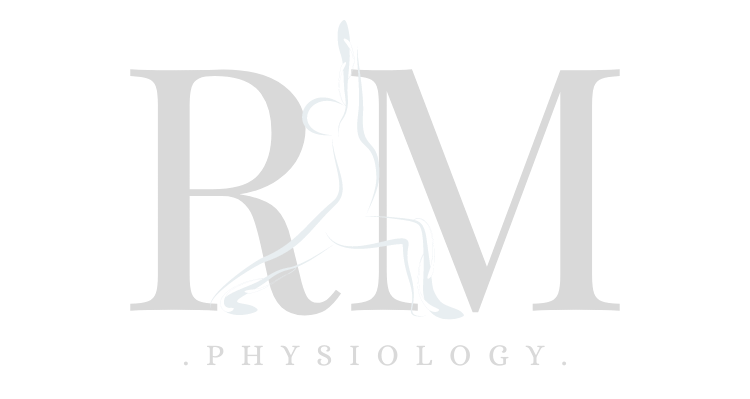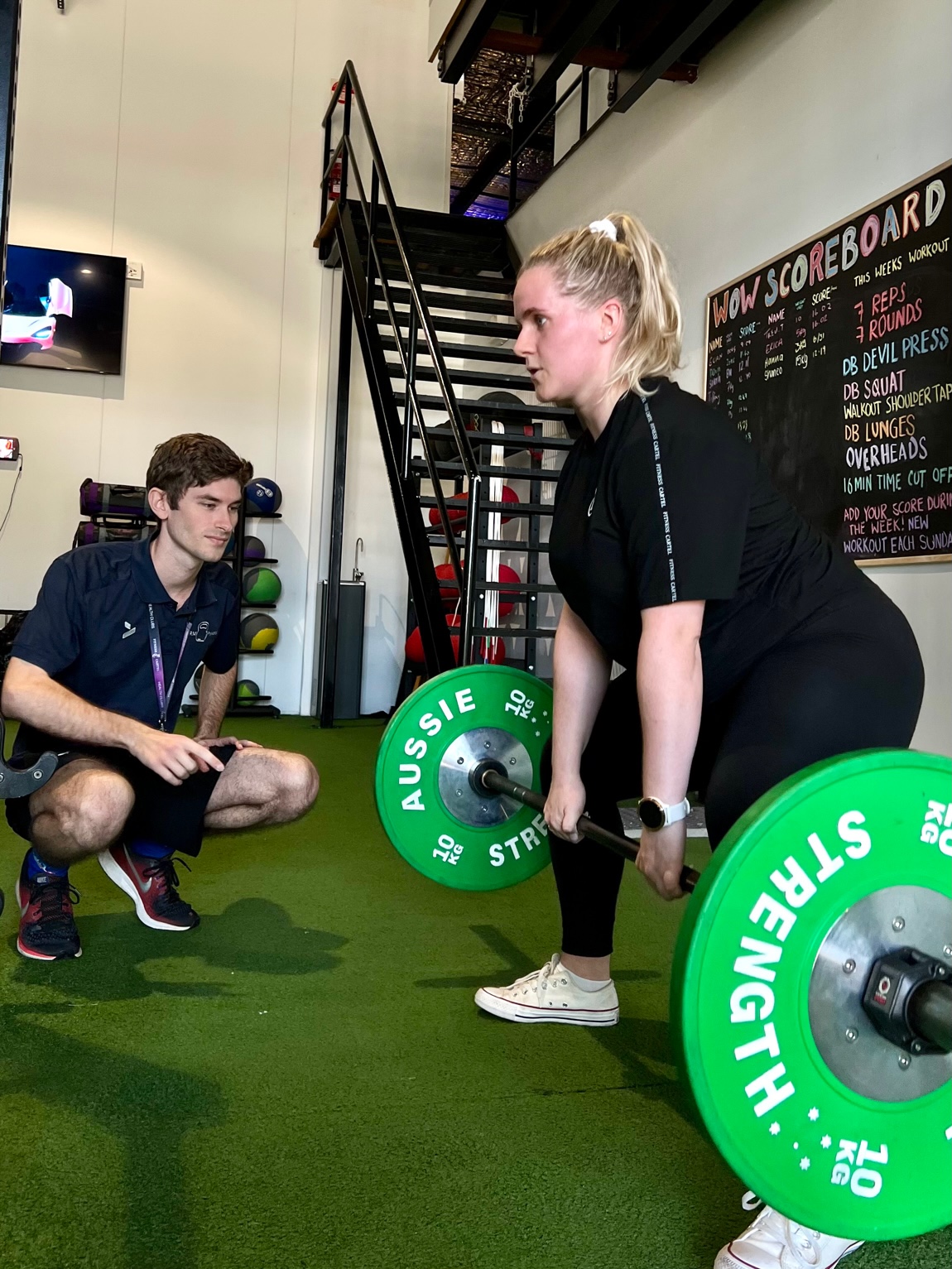Everyone will experience at least one injury in their lifetime. As we age, the likelihood of injury only increases. It doesn’t matter if you are an elite-trained athlete or a sedentary individual – we are all susceptible to injury.
When talking about returning to exercise post-injury, we usually talk about larger injuries that can occur within the muscles or joints, rather than a simple scrape on the knee. An injury can range from a broken finger all the way up to a spinal fusion or knee replacement, and all injuries require a different amount of recovery time depending on its severity as well as an official diagnosis from your GP.
What is a muscular injury?
the term ‘muscle injuries’ is a very broad term used to cover many pathologies and is usually categorised into one of the following brackets:
- Laceration: when a muscle is cut by an external object (usually occurs during traumatic accidents)
- Contusion: when compressive force is applied to the muscle (usually occurs in contact sports)
- Degenerative Disease: a group of inherited diseases which cause muscular weakness and wasting of muscle tissue
- Strain: when the fibres of the muscle cannot stand the tactile forces placed on them – most commonly occur across two joints in the eccentric (muscle lengthening) phase of movement
These injuries can then generally be categorised as either an acute injury or an overuse injury. It is worth noting that this is not always the case and these two categories are being explained for educational purposes only.
Acute Injuries
These injuries are known to cause a sudden onset of injury and there is an obvious identifiable link between the symptoms and cause of injury. This type of injury is very common in contact sports such as rugby due to the high-impact nature of the sport.
Overuse Injuries
As the name suggests, this type of injury occurs over time and may be chronic in nature. These tend to be more exercise-induced injuries due to the repetitive micro-trauma (small injury) noticed in the muscles due to repetitive movement patterns. These can be a more difficult injury to diagnose as there is not always an identifiable link between the symptoms experienced and the cause of the injury.
How do I know if I have sustained an injury?
If you are experiencing pain at rest or during certain activities/ movement patterns, ensure you speak with your doctor as soon as possible. They can arrange various scans to ensure a proper diagnosis, then refer you to appropriate allied health professionals to assist in getting you back to your best.
I have a diagnosis – what are my next steps?
Have a chat with your doctor regarding a ‘Chronic Disease Management Plan (CDM)’ for Medicare funded allied health appointments. Your doctor will be able to recommend which allied health specialties will be of most benefit to you. For example, during the early (acute) stage of a knee injury, a Physiotherapist may be best as they will aid in improving your range of movement and improve your mobility.
How can an Exercise Physiologist help?
Once deemed safe by your doctor to return to exercise, an Exercise Physiologist will tailor exercise programs to safely an effectively meet your goals and help you return to movement . Contact us today on our website or give us a call 0402 337 307.
Meagan Cristaldi & Rowan Dicks
Senior Exercise Physiologists


No responses yet